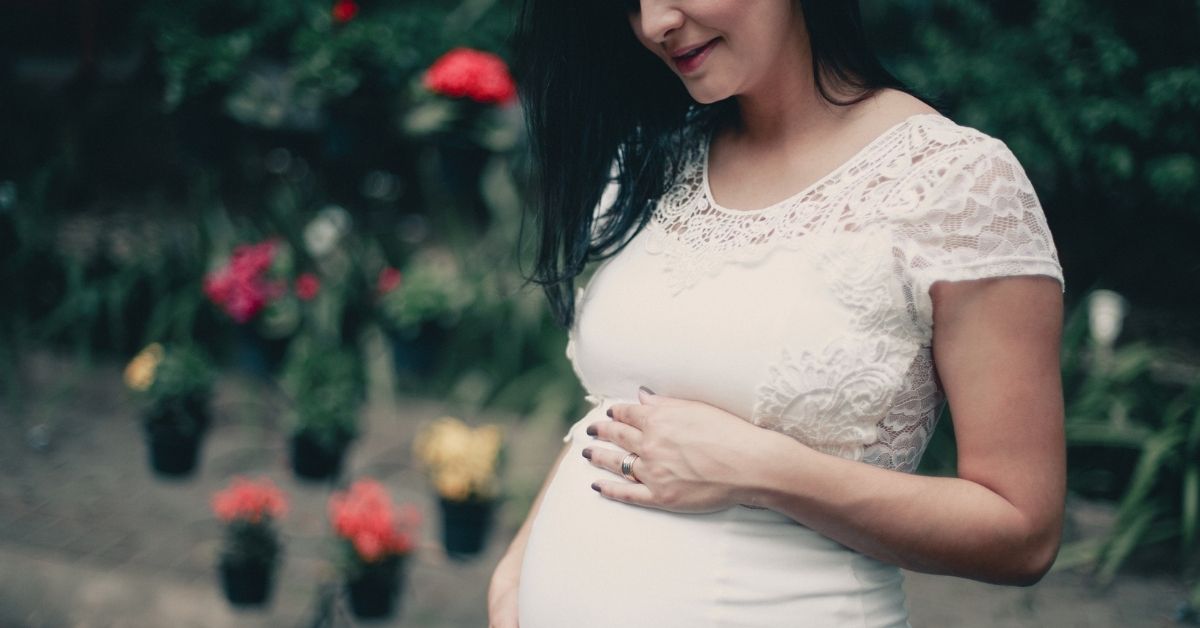
What is the perineal area?
Loosely speaking, the female perineal area is the space “down there” where the private parts are. Strictly speaking, the female perineal area is the space between the anus and the vulva. The perineum is the region of the body between the pubic arch (pubic symphysis) and the tailbone (coccyx). The word itself comes from the Greek term perineos, perinaeon, or peri which means around, and inein, which means to defecate or discharge.
How is the perineal area affected during pregnancy?
Usually, by the third trimester of a pregnancy, the baby has gained a lot of weight and is continuing to grow. This makes the baby drop lower into the pelvis. The added pressure can often lead to swelling of the genitals and perineum during this stage of the pregnancy. Combined with the increased blood flow in and around the pelvic region to support the growing baby, the perineal area, especially the vagina, may significantly swell. In the later stages of pregnancy, the perineum starts to stretch also in preparation for childbirth.How is the perineal area affected after childbirth?
During the process of childbirth, the perineum gets stretched to make room for the baby’s exit. As the baby gets pushed or birthed out, the perineum can sometimes tear. Especially during a woman's first vaginal birth, tearing in the perineum or labia (the folds of skin around the vagina) is quite common. According to the American College of Nurse-Midwives, around 40 to 85 percent of women have tearing during a vaginal delivery. About two-thirds of these women need stitches for damage repair.What is episiotomy?
In order to keep the tearing in control and to lessen the chances of the vaginal tear being ragged, the doctor may opt to do a surgical cut to the perineum. This is what is known as an episiotomy. It provides more room for the baby to pass through without causing severe tears. Previously, it was believed that an episiotomy wound heals better than a natural or spontaneous tear. However, more recent research suggests that an episiotomy may even increase the risk of infection. The rates of episiotomy are currently dropping. If you do not wish to undergo episiotomy during your child birth, you have every right to refuse it. It is highly suggested that you speak with your gynecologist or physician before you give birth. Whether you receive an episiotomy or not, your perineal area is still bound to feel discomfort after childbirth. It’s bloodied and bruised after childbirth, so it needs the best TLC possible.How to care for the perineal area after birth
Use a donut pillow or padded ring
As you can imagine, the perineal area is in great deal of pain and discomfort after childbirth, so the last thing you need is to put pressure and weight on the region when you sit or lie down. Donut pillows or padded ring pillows are a must-have for all women who’ve just given birth. These are usually inflatable pillows that are shaped like a cylindrical donut. The space in between or the donut hole allows space for the perineal area not just to get breathing room but also space to heal. Be sure to have one as new mothers will spend most of their time sitting down for feeding and caring for the baby and resting.Make cleaning and washing easy
If the perineal area will be so affected and wounded after childbirth, one of the concerns of every new mother is how they will wash and keep the area clean without inflicting further pain. Luckily, a perineal ice pack and a bidet spray bottle are on hand to provide support and care for washing down there. This tandem is a must-have for every mother who has just gave birth. The perineal ice pack, through cold therapy, will help reduce swelling in the perineal area, and because of the cold temperature, it will also provide cooling pain relief. The bidet spray bottle allows you to wash in the toilet without having to contact the perineal area with your hands or toilet paper. This recovery care kit is every new mother’s best friend after giving birth. Be sure to bring your kit when you head to the hospital!
Change pads often
After delivery, the female body will produce a vaginal discharge called lochia. Perineal pads are often worn after delivery to absorb the blood and discharge, which is expected to last anywhere from six to eight weeks. Be sure to change and wash often during this time to avoid infection, and to also ensure fast wound recovery in the perineal area.Sitz bath
To help decrease pain in the area, you can soothe the soreness by taking a sitz bath. A sitz bath is a type of hydrotherapy done by sitting in warm, shallow water. It soothes pain, itching and other discomfort in the anal and genital areas. Especially when you can’t yet take a full shower or if it’s difficult for you to do so, sitz baths will help you feel refreshed. Be sure to change your pads after a sitz bath.

